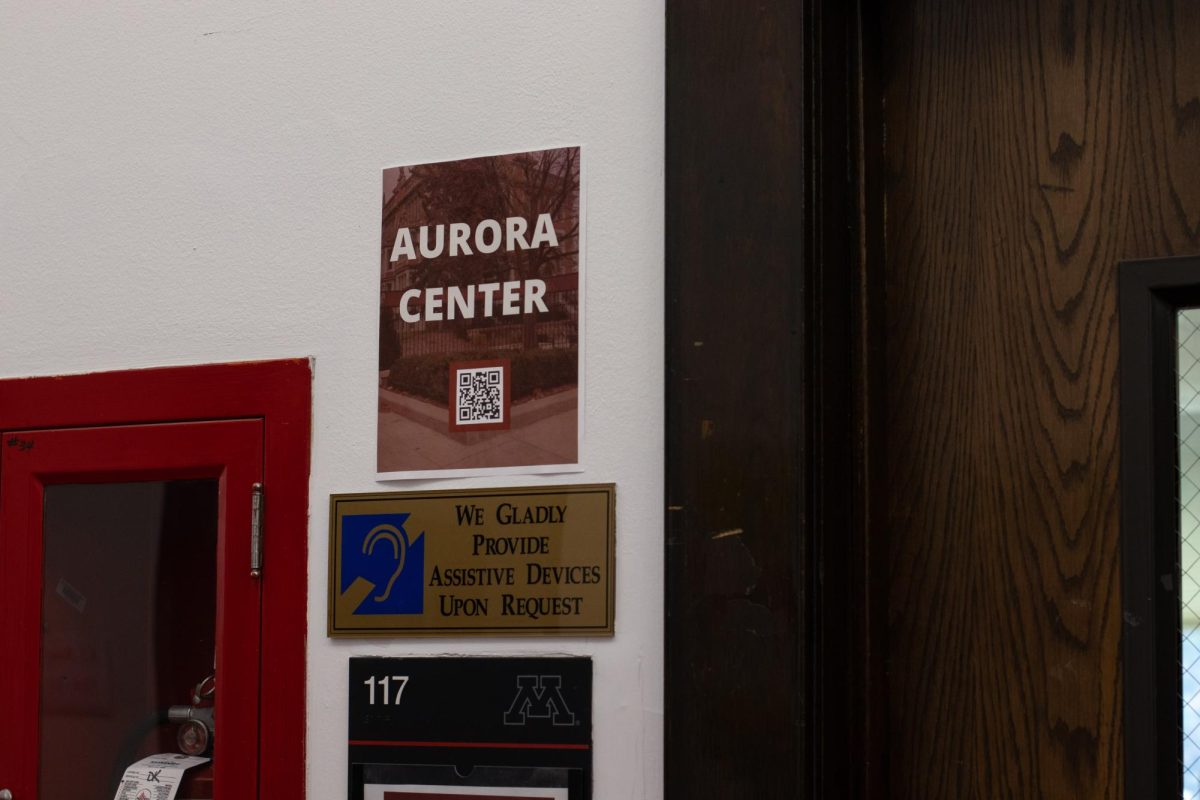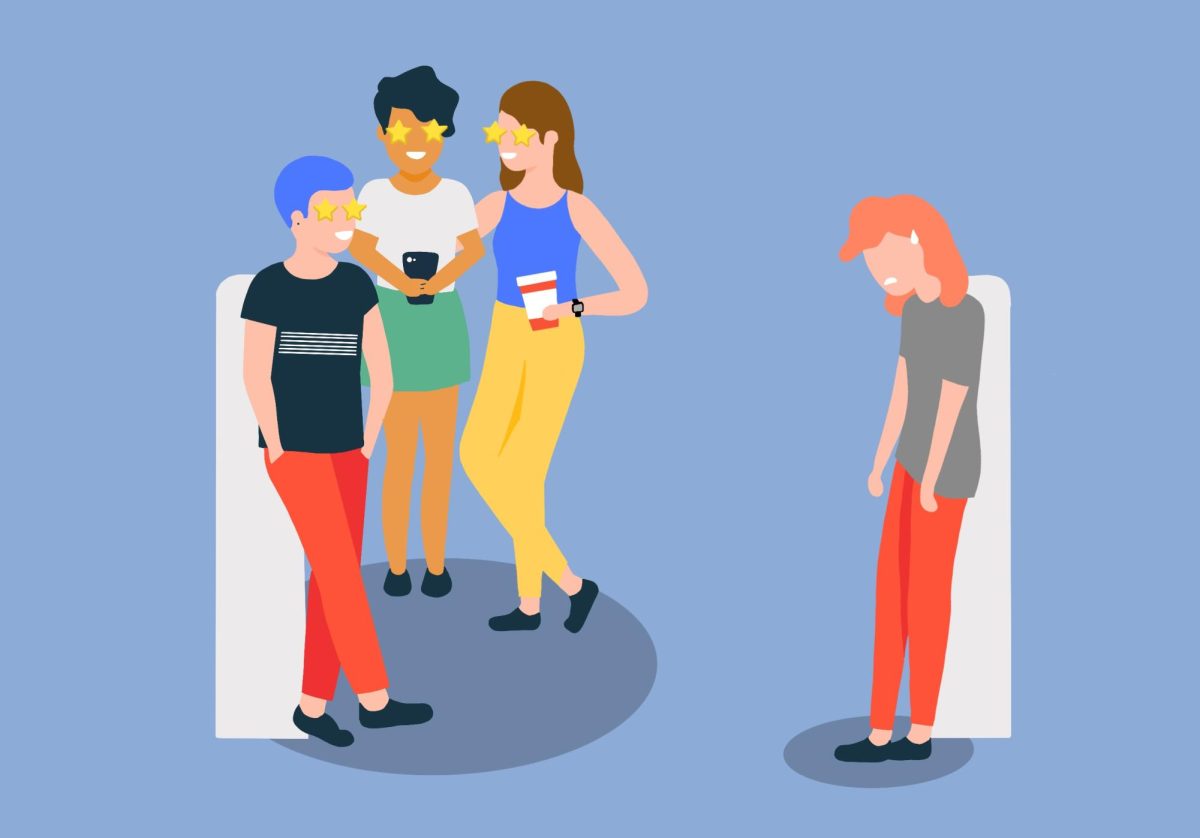It’s hard not to look at “Euphoria.” HBO’s popular teen soap opera has enchanted audiences with its hypnotizing cinematography, trippy electronic soundtrack and lavish, coachella-esque wardrobe. It’s like a car accident filled with drug use and high school drama, and you can’t help but look at it.
With the release of the second season about a month ago, “Euphoria” has consumed the attention of social media, with “Euphoria Sunday” trending on Twitter, TikToks poking fun at everyday “Euphoria High” outfits and memes of the characters flooding Instagram. Quality television obviously captures our attention, especially in a time where aesthetic trumps thought-provoking content, but “Euphoria’s” impact seems to be more than the show anticipated, or even more than it can control.
For instance, Sydney Sweeney has become one of many breakout stars from the series, notably for her provocativeness and her acting chops as Cassie Howard, the high school “it-girl” who has spent the series battling her need for male validation. In episode four of season two, Cassie is seen wearing a hot pink swimsuit from Frankies Bikinis. Within 24 hours of the episode’s release, the $180 suit was completely sold out. As of now, it has a 500-plus person waitlist. Just one piece from “Euphoria’s” costume department seems to have Gen Z women up in arms, ready to follow the blueprint that problematic fictional characters have laid out for them.
I’m all for self-expression and looking to peer role models for inspiration, but how can a show that features heavy hard drug use, statutory rape and violence as a means for justice be a positive impact on the age group its supposedly reflecting?
I also worry about the body image aspect of the show. “Euphoria” has a rating of TV-MA, meaning intended for audiences over 18. But the characters depicted in the show are 17, and I know plenty of hooked fans younger than that. When I was 15, I was learning that I had to pluck my eyebrows to avoid a unibrow, that wearing your backpack with one strap isn’t cool and that Sketchers aren’t very stylish anymore. Now, 15 year-olds are indirectly learning that drugs can help you avoid your problems, beating someone unconscious will stop them from messing with you and that a certain body type will attract male attention. At 21, I can separate myself from what I see on my TV, even laugh at it maybe. But my 15 year-old self probably couldn’t say the same.
There’s been plenty of debate as to whether “Euphoria” glorifies addiction. When the protagonist, Zendaya’s Rue Bennett, uses (whatever she’s chosen that night: painkillers, cocaine, most recently heroin), the dynamic of the show changes: The lighting morphs into brighter hues of neon, the music intensifies and amplifies, sometimes the world actually spins. Frankly, these scenes are the most intriguing. It’s a beautiful cinematic representation of isolation, of tripping, of intoxication (if this show hits its stride in any department, it’s in visual art direction). To be even more frank: “Euphoria” makes drug use look cool. It seems like the allure of these scenes disregards the repercussions of drug use, but then showrunner Sam Levinson hits audiences with season two’s fifth episode.
This past Sunday, my roommates and I gathered on the couch for “Euphoria” Sunday and instead found something far beyond it. The episode “Stand Still Like the Hummingbird” was the cinematic equivalent of mundanely waiting for water to boil and then frantically trying to prevent an overflow of bubbles onto the burner below. Rue found herself backed into a corner, caught with a suitcase full of narcotics by her family and closest friends. Zendaya (who won an Emmy award for her performance in the first season) delivered a jaw-dropping performance as audiences watched Rue single-handedly desolate every aspect of her life. It’s hard to describe without the ability to portray the weight of emotions behind the actors: this is a much-watch episode. Rue literally takes people on a wild goose chase through the city in order to avoid going back to rehab. On her way, she burns bridges, both literally and figuratively. It’s easy to forget what “Euphoria” is about in the little scenes of catfights in high school hallways, but Zendaya always manages to bring the show full-circle and reminds us of the anguish and heartbreak that addiction can inflict on addicts and their loved ones. The horror of watching our protagonist go to these lengths because of her addiction erases any trace of glorification.
Prior to this episode, D.A.R.E. condemned “Euphoria” because of its “[glorification of] teen drug use and addiction”, to which Zendaya responded:
“Our show is in no way a moral tale to teach people how to live their life or what they should be doing. If anything, the feeling behind ‘Euphoria’, or whatever we have always been trying to do with it, is to hopefully help people feel a little bit less alone in their experience and their pain. And maybe feel like they’re not the only one going through or dealing with what they’re dealing with.”
Although that message may be blurred at times, episode five makes it crystal clear.
I know I sound like a parent from the 1950s, thinking that rock’ n’ roll is rotting my child’s brain or that Elvis’ hips are sent from the devil. Trust me, that’s not my point (but it is someone’s: the Parents Television/Media Council is outwardly campaigning against “Euphoria.” You can actually donate to stopping the production of the show). But it is a valid argument. Controversial, provocative shows like “Euphoria” can’t have the profound impact that they intend to without discussion or without collecting some backlash. In order to appreciate all that goes into a culturally significant piece of media like this show, we have to weigh what it’s doing right as well as what it’s doing wrong.
I actually think that “Euphoria” has done a lot of good for representation of LGBTQ+ people, for destigmatizing conversations around mental health and improving the artistry behind television. Take Hunter Schafer, for example. The model-turned-actress is one of the breakout stars as well as protagonists and main love interests of the series. Creator Sam Levinson and Schafer worked together to write and produce a special episode on her character, Jules Vaughn. Schafer has funnelled her life experience as a transgender woman into this character, and the show has done a beautiful job of incorporating that into the writing without having it be the only aspect of Jules. Jules also struggles with family issues, online dating and catfishing. She is a multi-dimensional character that speaks to and relates to all audiences while also honoring the difficulties of transitioning and homophobia, and I applaud Schafer and “Euphoria” for pushing television into a much-needed direction.
Regardless of what you think of “Euphoria,” you must acknowledge that it has mastered the art of the cultural snapshot: the show has tastefully embodied the trials and tribulations of Gen Z, even if with a few embellishments. It has changed the visual art game, presenting television as if it was a cinematic playground. It has encouraged critical conversation, whether that be between different communities, between family members or between friends, about a variety of crucial topics. “Euphoria” has confused us, absorbed our attention, pissed us off even, but among all of these things, it has cemented itself as an absolute must watch.












